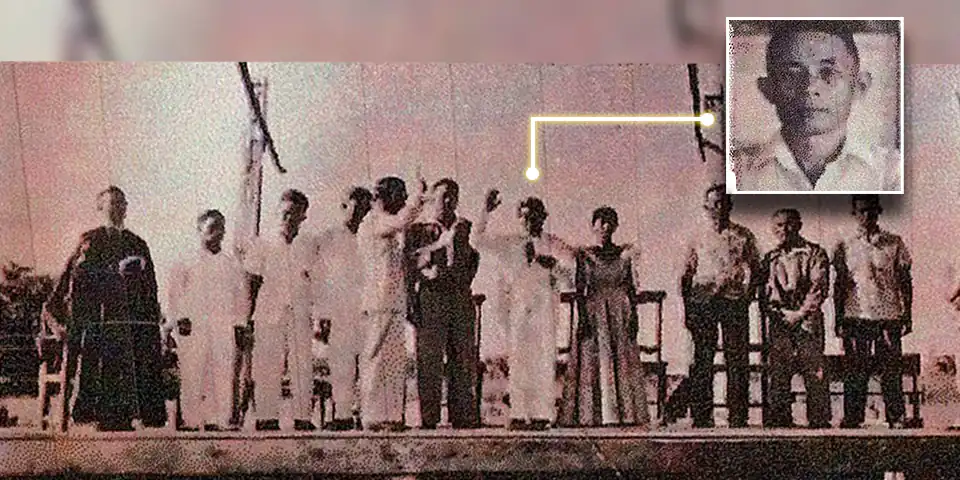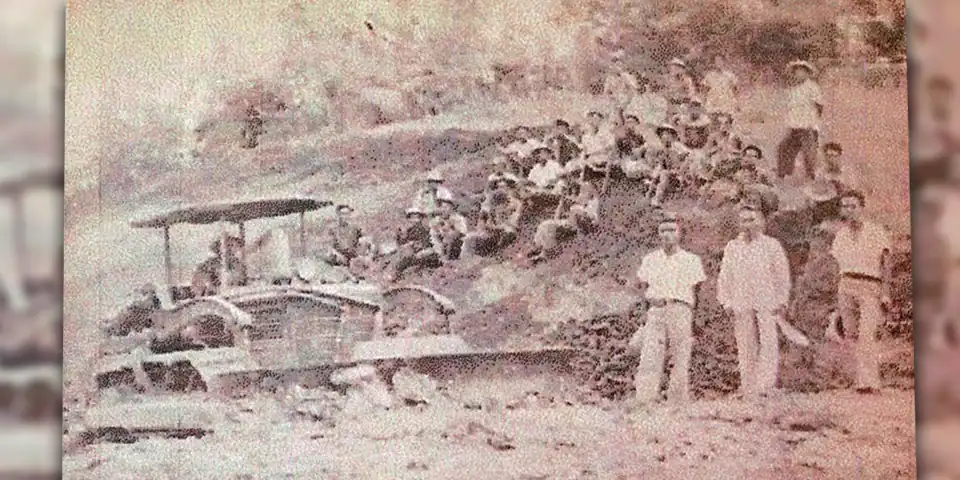A BRIEF HISTORY OF LASAM
It’s Name and Early Beginnings. Barrio Macatabang was a place along the western bank of the Cagayan River inhabited by Ybanags, Ilocano immigrants, Filipino-Chinese merchants, and Malawegs. Macatabang was a part of Gattaran, but as the population increased, the people of the western part of Gattaran made a resolution that it be made a separate town. Congressman Paulino Alonso of the 2nd District of Cagayan introduced a bill in Congress creating the municipality of Santo Tomas. Representative Cabarroguis of Nueva Vizcaya vigorously objected the suggested name of the first reading of the bill. Finally, Lasam was agreed upon in honor of the late Governor Honorio Lasam, the sixth governor of Cagayan (1915-1918). On June 13, 1950, President Elpidio C. Quirino signed R.A. 507 which made possible the creation of the municipality of Lasam, Cagayan out of thirteen (13) barangays of Gattaran, Cagayan namely Macatabang (Zinundungan), Aggunetan, Alannay, Calapangan, Callao, Finugu-Tarao, Gabun, Nabannagan, Malinta, Minanga, Peru, Tucalan Passing, and Viga.

January 01, 1951 was eventful for Lasam because it was her official inauguration as a town. However, another problem arose after the celebration of its inauguration. Although, it was stated in the bill that the site of Lasam would be barrio Macatabang, the people of Nabannagan fought that their barangay be made the town site. In order to settle the dispute, an arrangement between the two political factions (the Jurado faction of Macatabang and the Arce faction of Nabannagan) was made. They agreed that whoever was elected Mayor would have the privilege to situate the seat of government in his respective barrio. Fortunately, Jurado was elected Mayor by a margin of only two votes over Arce, thus, Macatabang became the town proper. Lasam, then was a fourth-class municipality with a population of 12,918.

A major portion of the history of Lasam is also the story of an ethnic group called Malawegs and Negritos who spoke with a mixture of Itawes, Ybanag, Negrito and Ifugao dialects. Their dialect is the same to this time. Because the early Malawegs and Negritos had no form of writing, we lack written account about their way of life. We could only depend on tidbits of information about them which were handled down from several generations and on secondary sources. Armed with this information, however, we could now peer through the thick mist of antiquity to catch swift glances of their early way of life. As we look at the map of the Philippines, the municipality of Lasam is at the western part of the province of Cagayan. In the eastern part, it is traversed through and through by the Cagayan River. It must have been for its location, its agricultural and commercial potentialities that prompted early immigrants to transfer to Lasam. Future events proved the wisdom of their choice for, with the Cagayan River and the Zinundungan River as the chief means of transportation at the time and for a long period, Lasam became the hub of trade and commerce for a wide area. The River was teeming with freshwater fish and shells and forests were everywhere abounding with raw building materials and wildlife. In fact, venison and meat of wild pigs were commodities which the traders from Aparri, Cagayan and Ilocos Region, with their roof-flat-bottomed rafts and Viray boats, bought in quantity.

Induction of Municipal Officials, 1956-59 Term L to R: Rev. Pacifico Albayalde, Councilors Vicente Miguel, Ignacio Rabanal, Marcelino Urian, Judge Sofronio Quimosing (Administering Judge); Vice-Mayor Pablo Guzman, Mayor Nicolas C. Agatep, Madam Nicolas C. Agatep; Councilors Juan Balisi, Anastacio Domingo, and Saturnino Damo.
Lasam is primarily an agricultural town. It is considered today the rice bowl of western Cagayan. With the advent of advanced technology and good irrigation, a breakthrough in rice production was achieved. Lasam farmers could now produce 120 to 150 cavans of palay per hectare. Corn and banana also the second and third prime agricultural crops augmenting the income of farmers to a marked degree. In the early part of the 19th century, immigrants from other provinces came to settle in Lasam and its nearby environs. They came from the central plains and the Ilocano provinces. Majority of them were Ilocanos who brought with them their industriousness, thriftiness and sturdiness. Settling in the plains and meadows of the municipality, the Ilocanos with diligence hewed their lands into productive farms which boasted no less than the economic progress of Lasam.

Mayor Nicolas Agatep and Municipal Engineer Eulogio Agatep supervising the excavation of the road connecting Lasam to Allacapan.
Eager and desirous to improve their lot, many of the immigrants have managed to send and continue to send their children to the schools, colleges, and universities enhancing in process the literacy posture of the municipality. From their ranks have emerged many of the municipalities, teachers, artesians and professionals. It is important to note in this connection that a number of them have become Chief Executives, District Representatives, and a Governor.

Lasam Police Force in the 1950s